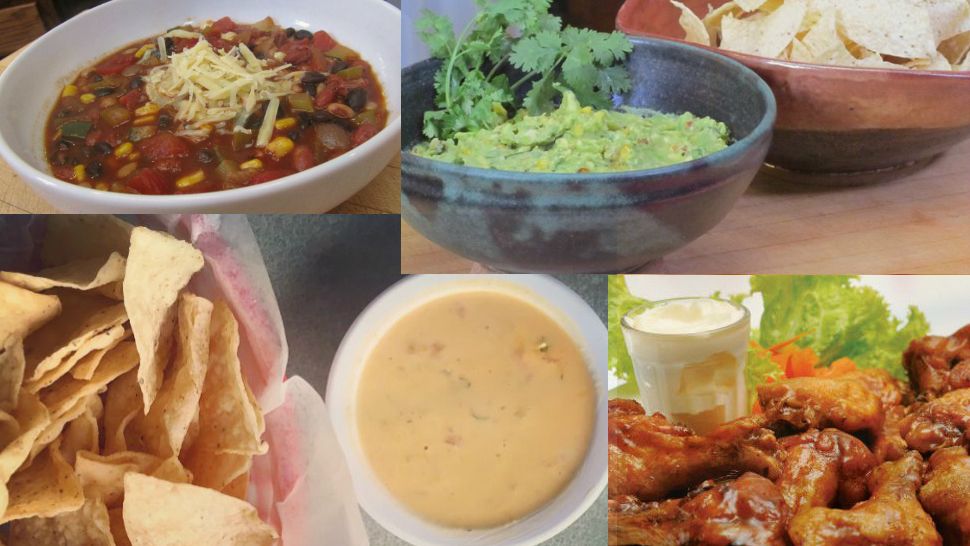NATIONWIDE – According to the CDC, Americans eat more food on Super Bowl Sunday than any other day of the year except Thanksgiving, which is why food safety is especially important.
In order to make sure your football gathering is a winning combination of food, football, and friends, the CDC recommends people follow these six tips to avoid food poisoning:
1. Keep it clean.
• Wash your hands with soap and running water for at least 20 seconds before preparing, eating, or handling food. Also, wash your hands after using the bathroom and touching pets.
• Wash your cutting boards, dishes, utensils, and counter tops with hot, soapy water after preparing each food item.
• Wash or scrub fruits and vegetables under running water, even if you do not plan to eat the peel, so dirt and germs are not transferred from the surface to the inside when you cut produce.
2. Cook it well.
• Use a food thermometer to test meat and microwaved dishes on your menu to get rid of harmful germs. Chicken wings (and any other poultry) should reach a minimum internal temperature of 165 degrees Fahrenheit and any ground beef items should reach an internal temperature of 160 degrees Fahrenheit.
3. Keep it safe.
• If preparing food in advance, divide cooked food into shallow containers and store in a refrigerator or freezer until the party begins. This encourages rapid, even cooling.
• Keep hot foods at 140 degrees Fahrenheit or warmer. If possible, use chafing dishes, slow cookers, and warming trays to keep food hot on the buffet table.
• Keep cold foods, like salsa and guacamole, at a temperature of 40 degrees Fahrenheit or colder. Use small service trays or nest serving dishes in bowls of ice.
4. Watch the time.
• Follow recommended microwave cooking and standing times.
• “Cold spots,” areas that are not completely cooked, can harbor germs.
• Always follow directions for the "standing time," the extra minutes food should rest, to finish cooking.
• Track the time that food stays on the buffet.
• Throw away any perishable foods that have been out at room temperature for two hours or more.
5. Avoid mix-ups.
• Separate raw meats from ready-to-eat foods like veggies when preparing, serving, or storing foods.
• Make sure to use separate cutting boards, plates, and knives for produce and for raw meat, poultry, seafood, and eggs.
• Offer guests serving utensils and small plates to discourage them from eating directly from the bowls with dips and salsa.
6. Store and reheat leftovers the right way.
• Divide leftovers into smaller portions or pieces, place in shallow containers, and refrigerate or freeze.
• Leftover foods should be refrigerated at 40 degrees Fahrenheit or below as soon as possible and within two hours of preparation. It’s OK to put hot foods directly into the refrigerator.
• Refrigerate leftovers for three to four days at most. Freeze leftovers if you won’t be eating them sooner.
• Leftovers should be reheated to at least 165 degrees Fahrenheit before serving. This includes leftovers warmed up in the microwave.
If anything else, remember one of the basic rules of food safety: When in doubt, throw it out.
RELATED:



